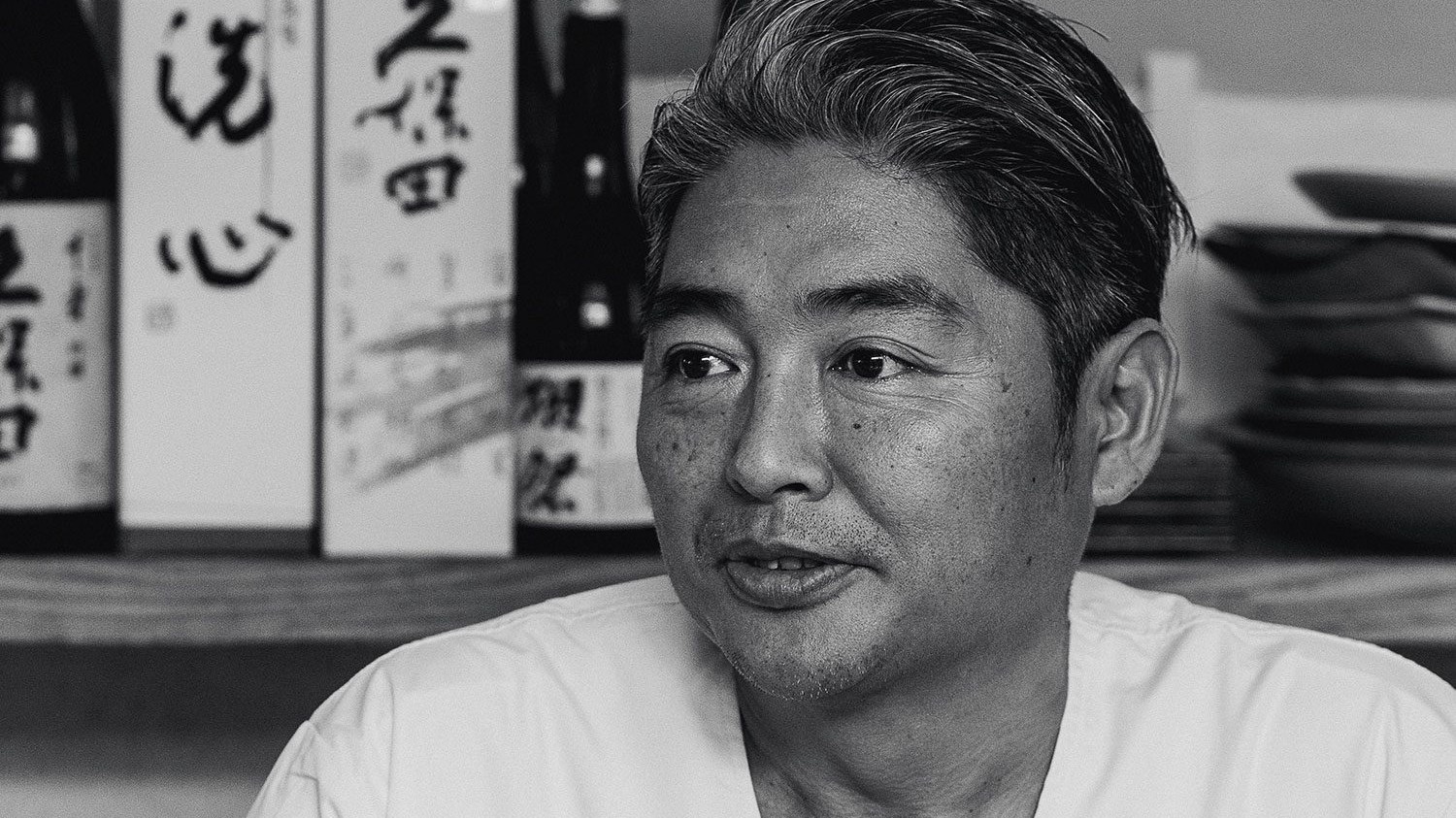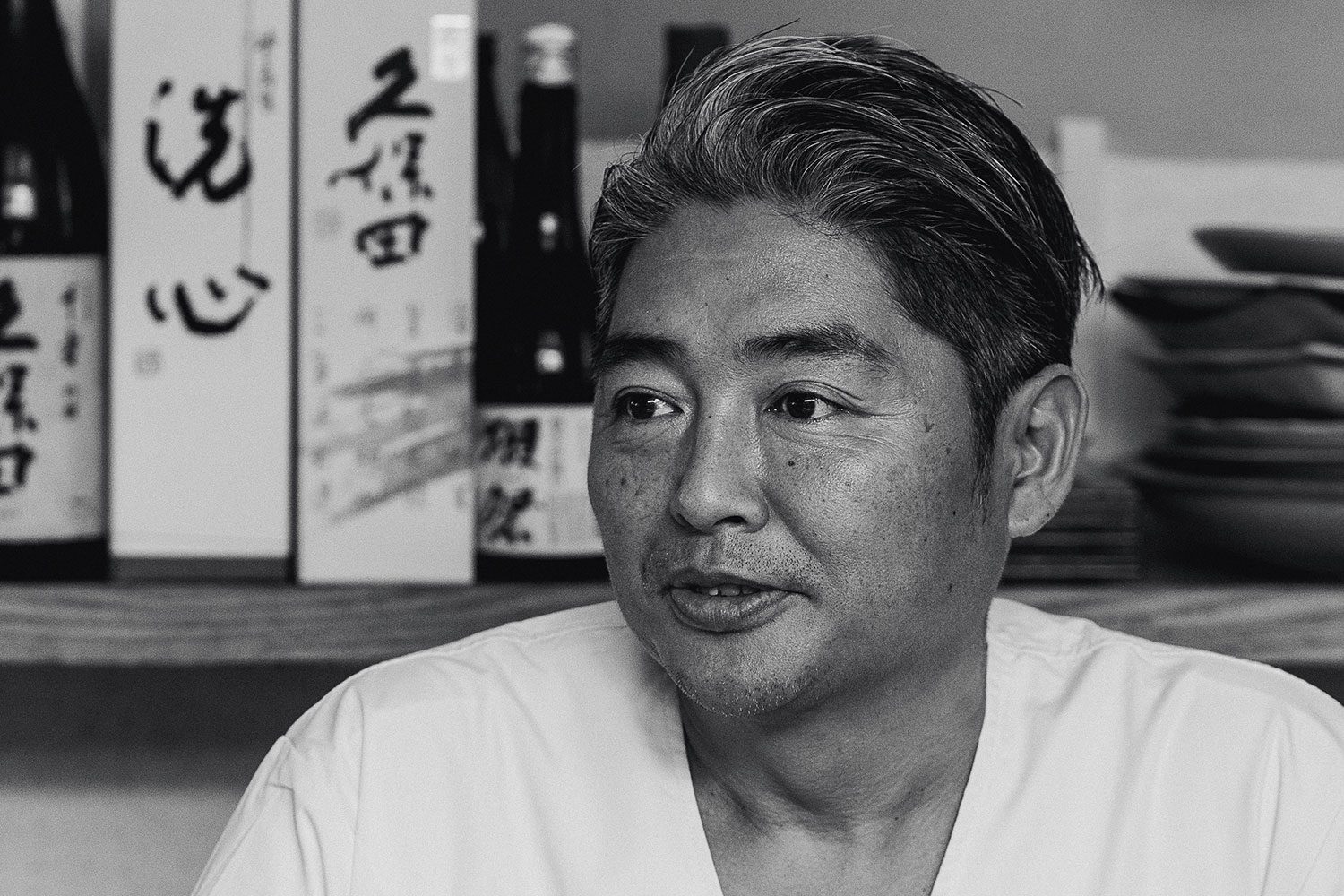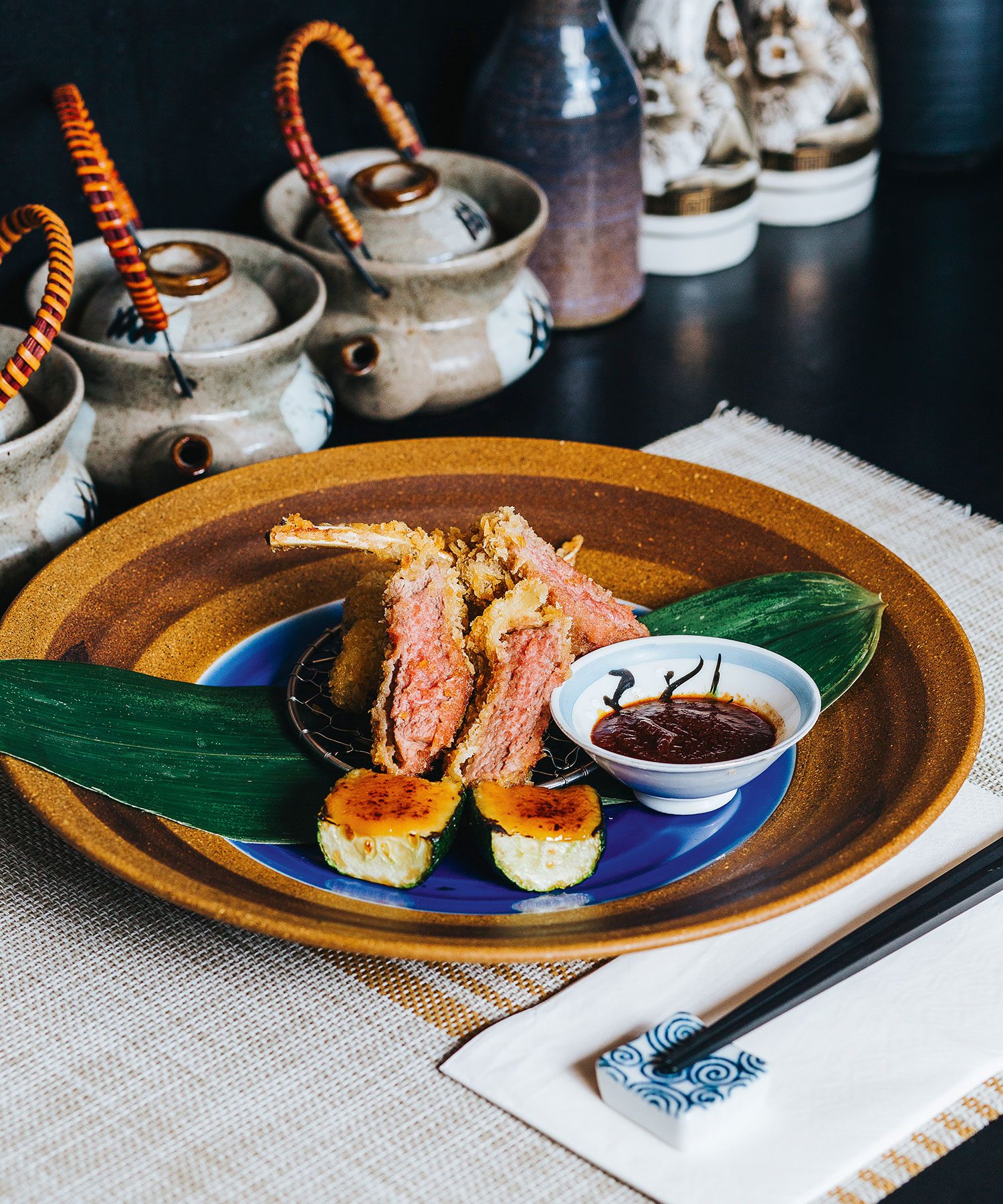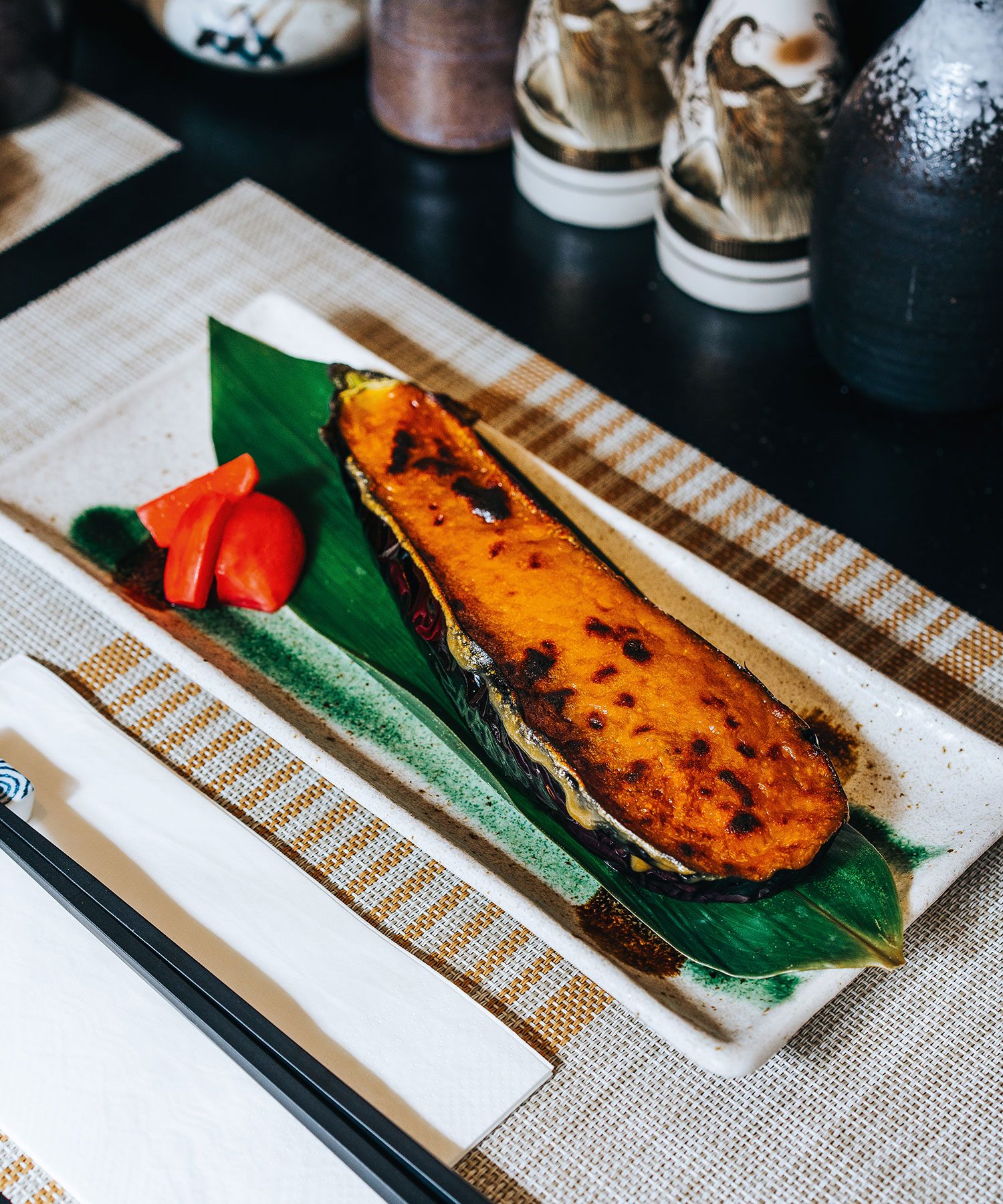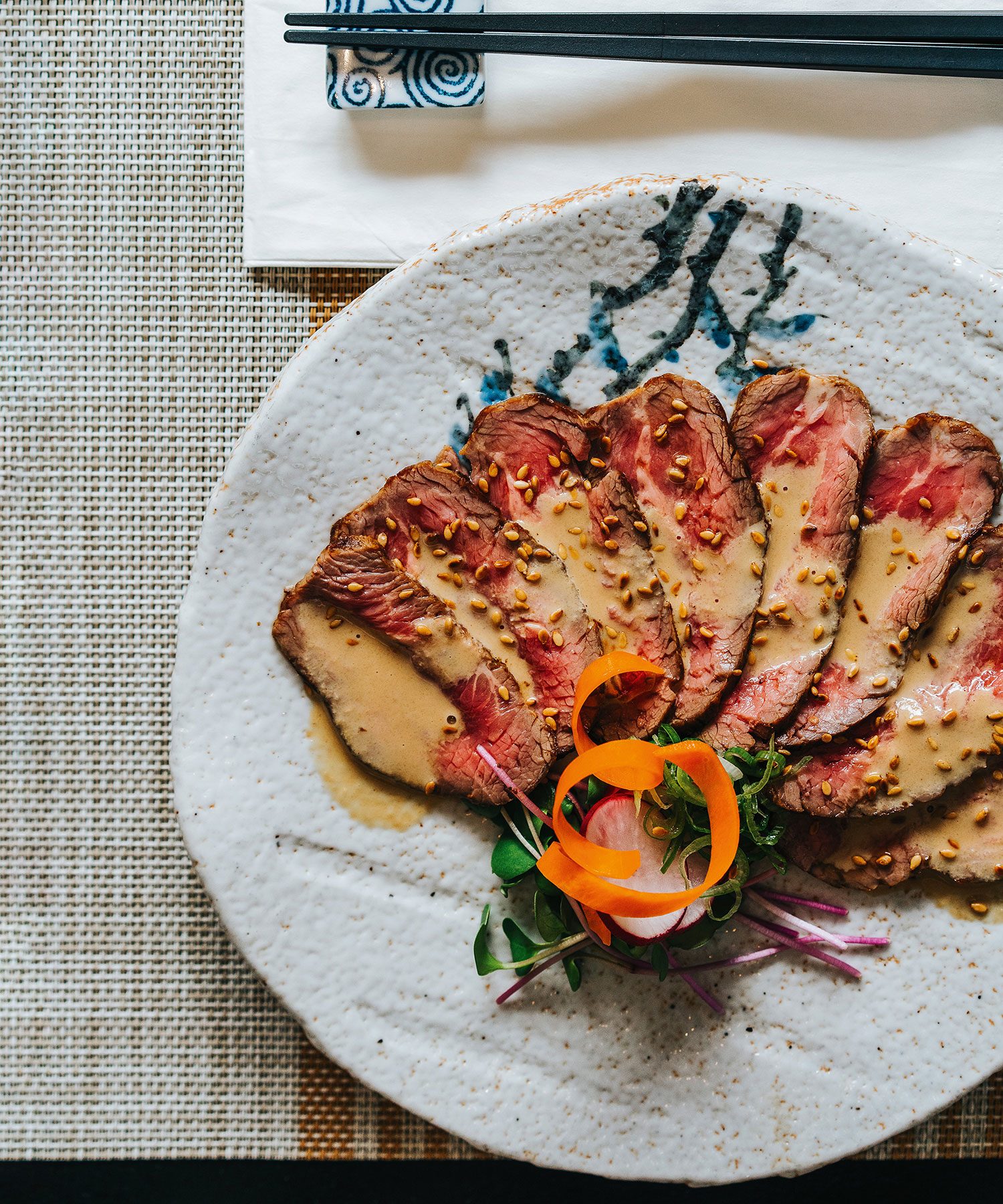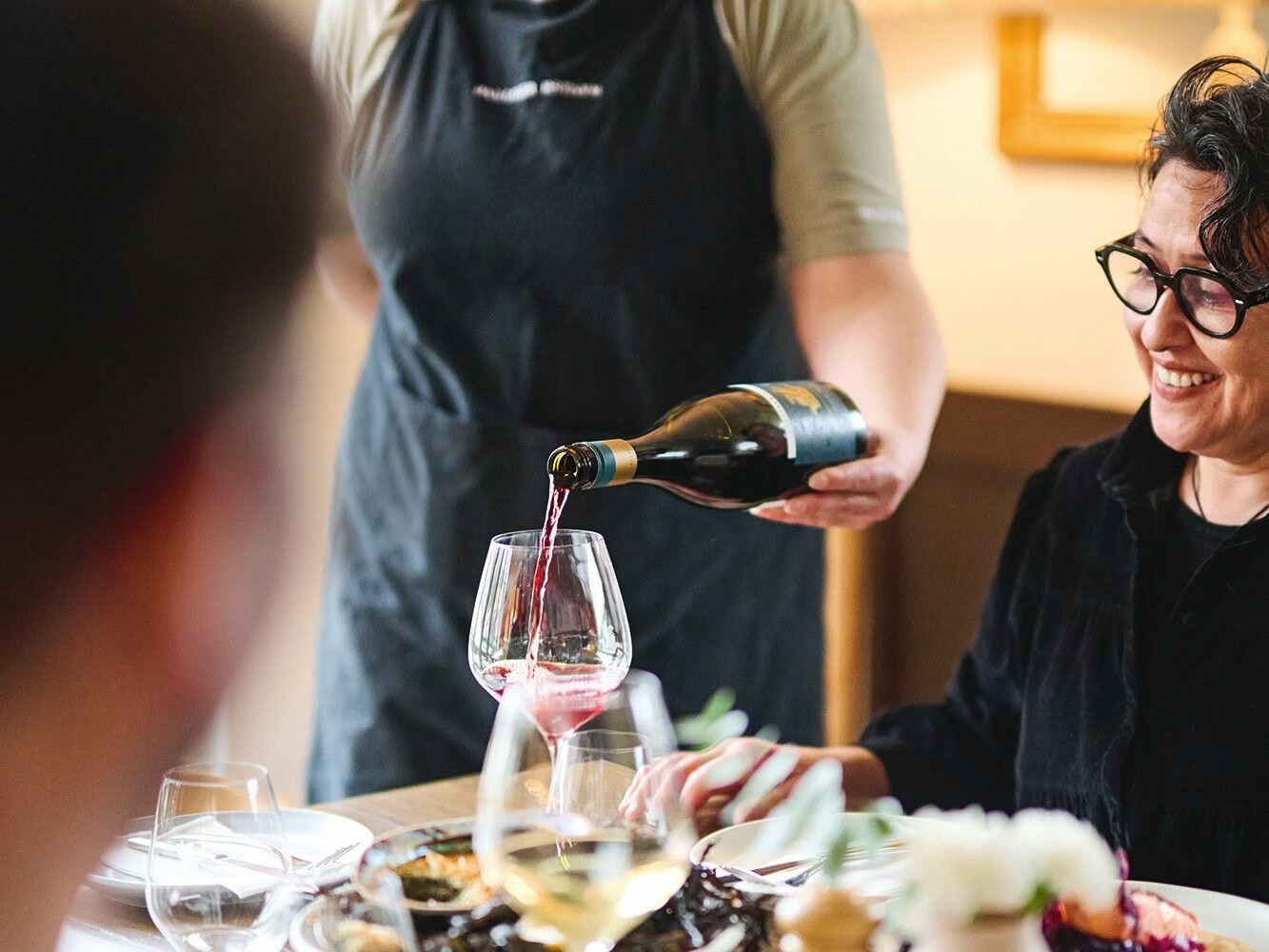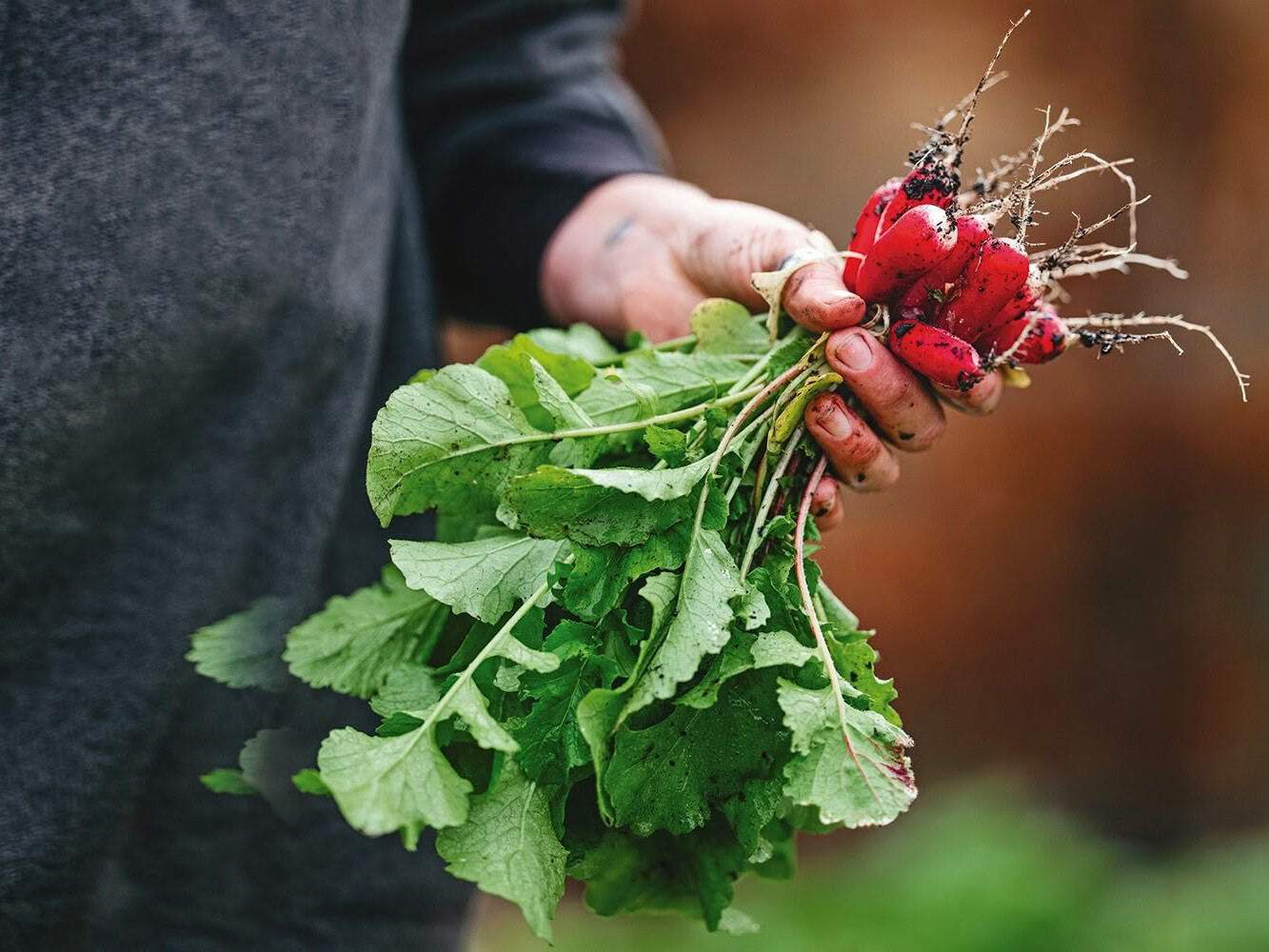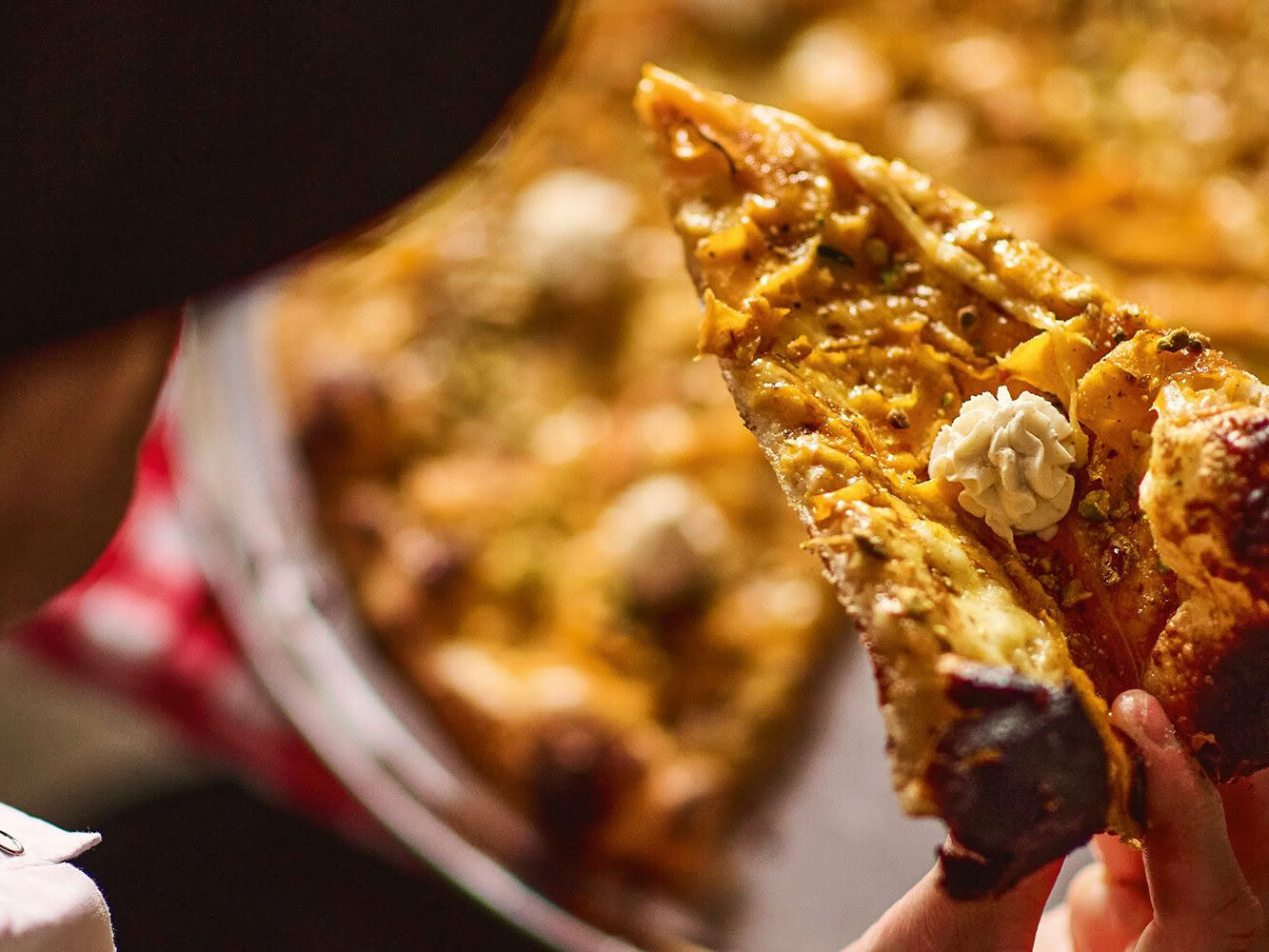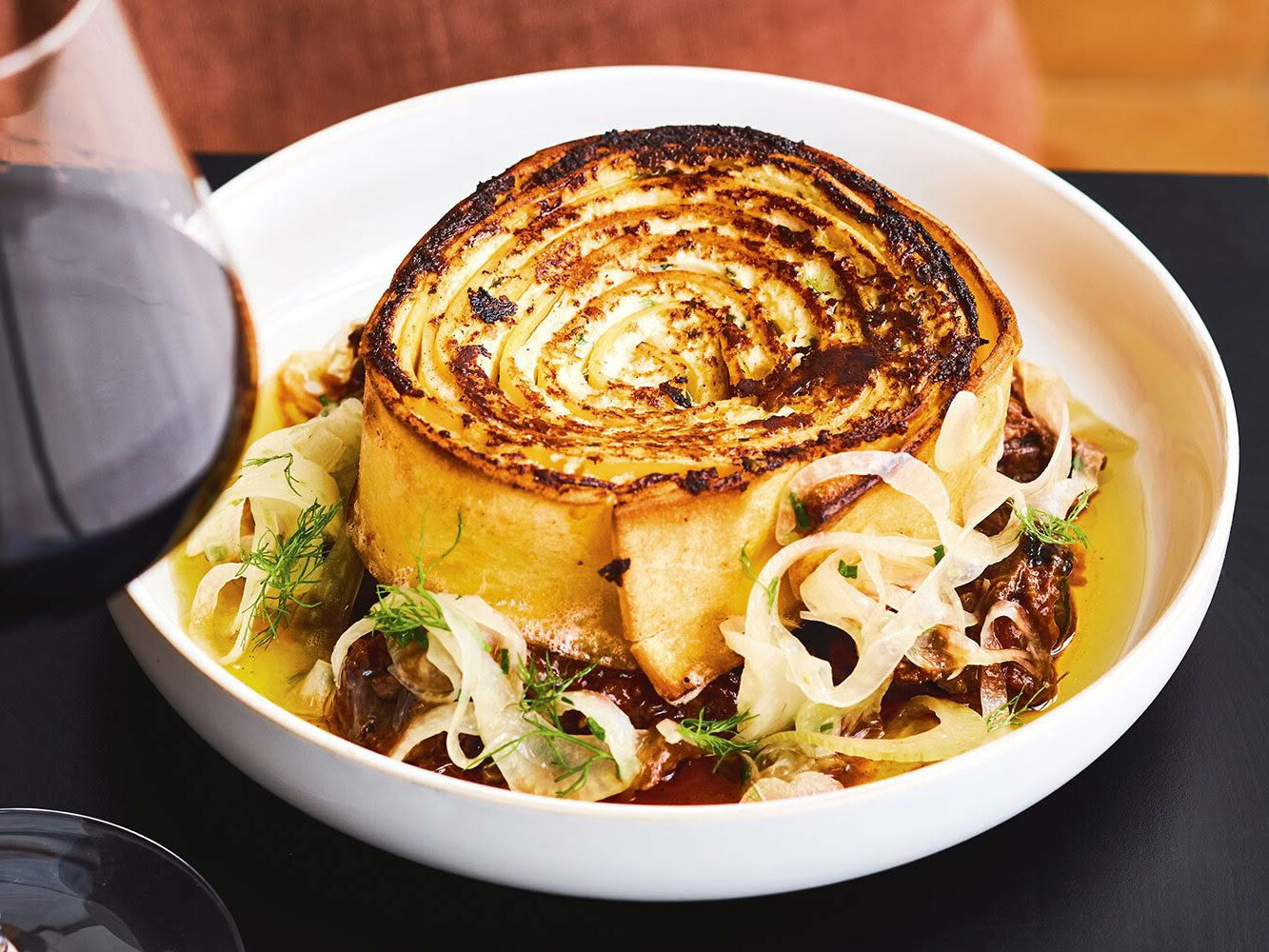If you ask any Queenstown local where to eat in the town, many will rightfully put Kappa at the top of their list.
I lived in Queenstown last year and have dined at Kappa more times than I can count. It’s a staple of Queenstown’s hospitality scene. It was where we chefs – sometimes a group exceeding 10 – would go on our days off. The wonderful chefs at Kappa always welcomed us and they always knew what we wanted to eat. I still dream of the braised eggplant – easily the best eggplant I’ve had. The sashimi is unbelievably fresh and well thought out. The bento lunch box is quite possibly the greatest comfort food I found during my time in Queenstown and the tempura is crispy and light beyond belief.
Kappa originally opened more than 25 years ago and it is still in the original premises, at the top of a steep set of stairs at 36 The Mall. Its name comes from a Japanese mythical creature who adores drinking and eating. It’s cosy and inviting and the kitchen is open plan, which is wonderful for a myriad of reasons, not least the pure joy one can get from watching the chefs at work.
This place is exceptional because of the people behind it: chef and owner Naoya Higuchi is a class act. He started at Kappa in 2001 and took ownership in 2007. When I asked Naoya about his love for cooking, he answered in the way any great chef would. “I don’t know, it just feels natural to me.” Naoya travelled to Queenstown on a working holiday visa with the intention not to stay long, but 20 years later he still lives in the town he fell in love with. It’s a tranquil place with beautiful scenery, he told me. Naoya was made for Queenstown.
The Kappa menu is delightfully considered and is inspired by the good ingredients available in Queenstown. Most of the dishes have existed on the menu for quite some time, with Naoya focussing on adapting that week’s beautiful fresh produce while maintaining consistent quality. Twenty years ago it was hard for him to get good ingredients, but now he has an abundance of great suppliers. Receiving fresh produce is the best part of his day and fish is what excites Naoya most – he loves filleting and preparing various kinds for sashimi.
Naoya cites several reasons for the triumph of Kappa. The menu is efficient and executed with consistency and quality. For Naoya this consistency is key: he wants to be doing the same thing with exact precision, day by day. “It’s very hard to keep consistency, but we need the same service and same quality. I want to keep Kappa as long as I can.”
Furthermore, Naoya maintains the support of locals. Some frequent guests have been dining at Kappa for 20 years and now they come with their children and grandchildren. Naoya says, “Loyalty is a key ingredient to success – diners trust that Kappa will provide great food and hospitality.” Because of this, this chef can trust the continued support of his customers. Naoya is a humble person and doesn’t give credit to a fundamental catalyst for the success of Kappa: his very own ability to understand and manage these essential factors. He has so much gratitude for his team but also for the Queenstown diners and he wants to simply thank the locals for their support. Naoya is a wonderful person who serves equally wonderful food. Alice Taylor
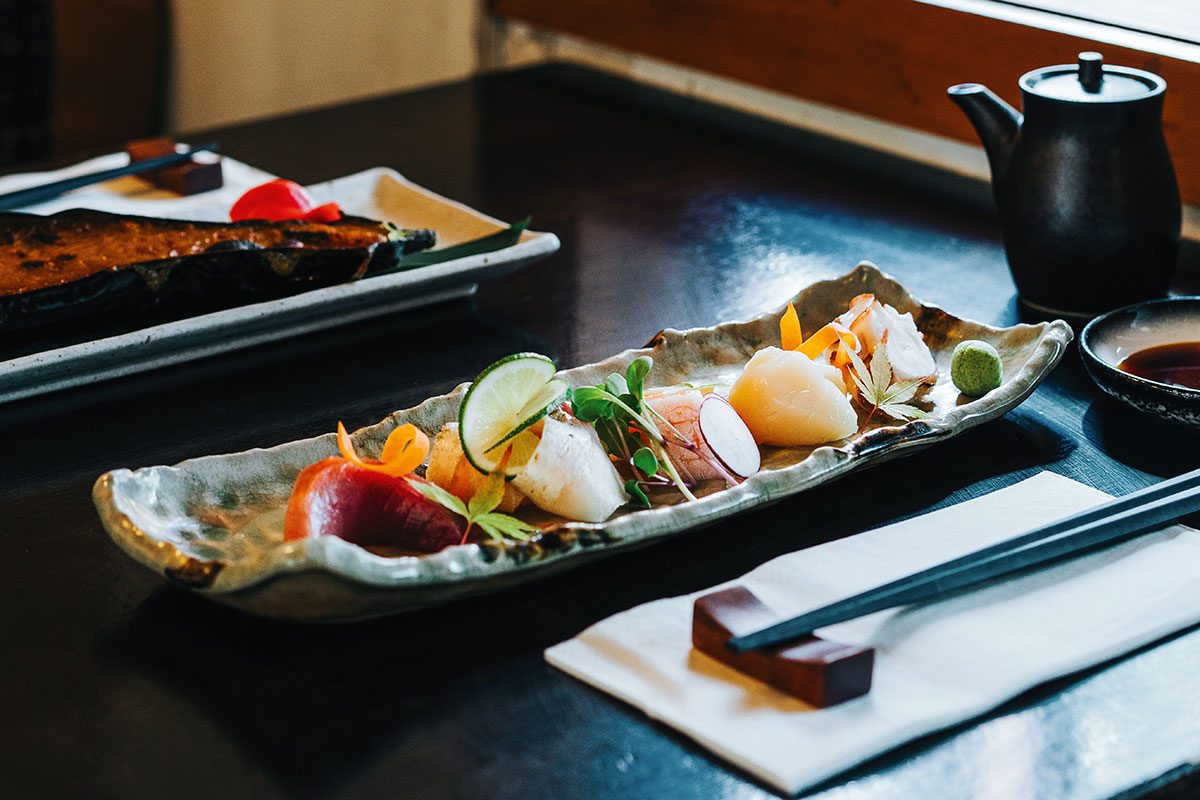
HOW TO… prepare good sashimi
NAOYA’S SASHIMI
For sashimi you need to have very fresh fish. For the dish, I used Ōra King salmon, bluefin tuna, octopus from Bluff, kingfish from Ruakākā and scallop from Japan. Blue cod, gurnard and groper are also good.
To accompany the sashimi, make a sauce by putting 5g of kombu seaweed into 80ml of soy sauce and leaving it overnight. For garnish use microgreens, shiso or radish sprouts. Add wasabi if you like.
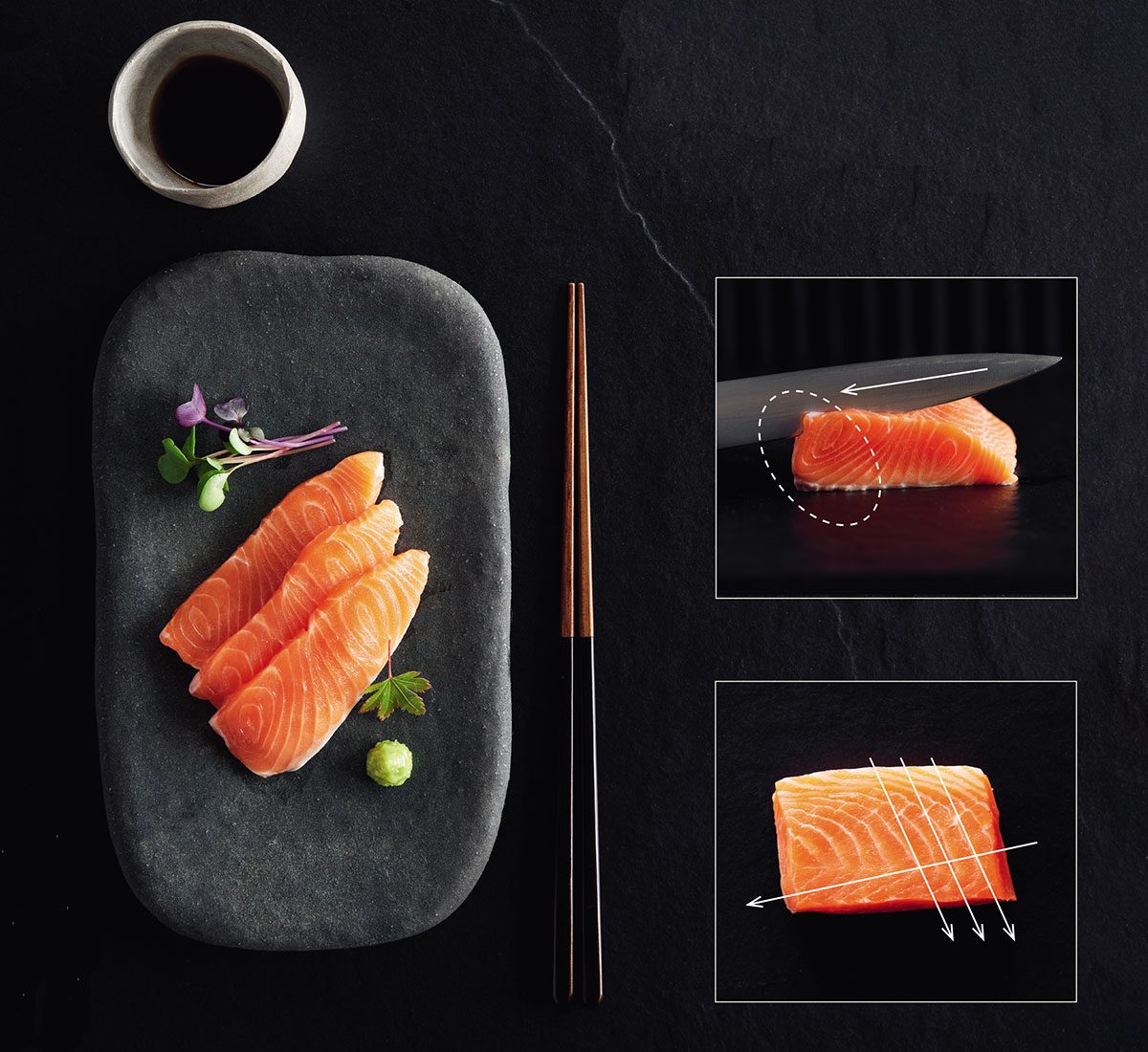
SLICING
Typically you need a traditional ‘Yanagiba’ knife, specifically designed for slicing sashimi and other raw fish. It has a long, thin, single-edged blade sharpened on one side only, which allows for precise, clean cuts without tearing or damaging the flesh. The edges are incredibly sharp with a single bevel on the right side of the blade.
Place the fish on a cutting board and, working from right to left, slice against the grain into pieces about the thickness of a 50 cent coin. For a traditional presentation, starting from the left and working to the right cut the fish at a slight angle, creating a larger surface area and enhancing the texture and appearance of the slice. Sashimi is cut using one pulling motion, drawing the knife towards you – pull the length of the knife through the fillets, starting at the heel (or bottom) of the blade. Do not use a see-saw, push-pull action. Martin Bosley

